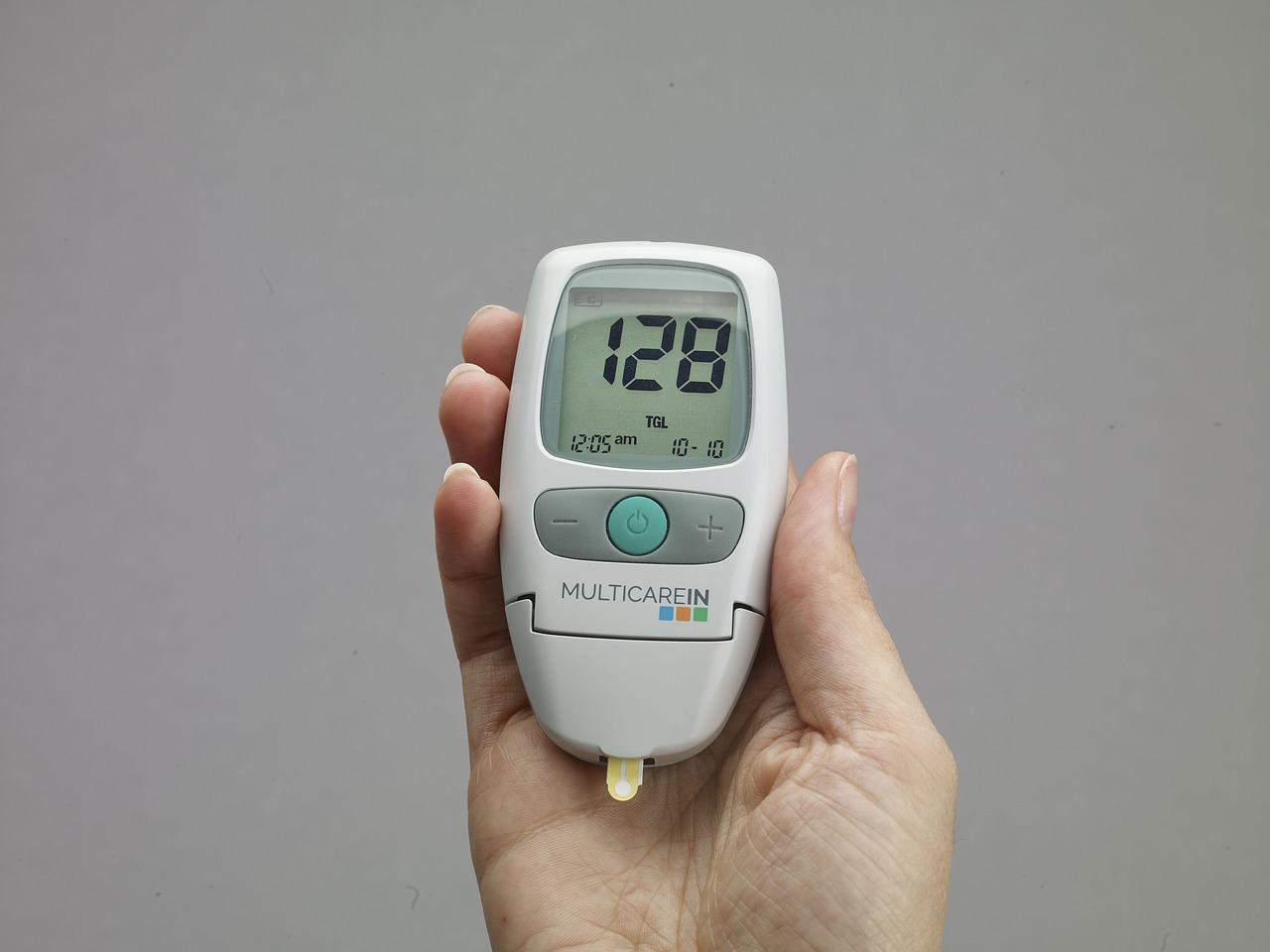Diabetes is a chronic condition that often requires medication to help manage blood sugar levels effectively. There are various types of medications available, each with its mechanism of action and specific usage. Understanding the different types and their purposes can help individuals with diabetes make informed decisions about their treatment plans. Here, we explore some common medications used in diabetes management.
- Oral Medications:
- Metformin: Metformin is a commonly prescribed medication for type 2 diabetes. It works by reducing the production of glucose in the liver and improving insulin sensitivity in the body. Metformin is often the first-line therapy for individuals with type 2 diabetes, and it can be used alone or in combination with other medications.
- Sulfonylureas: Sulfonylureas stimulate the pancreas to release more insulin. They help lower blood sugar levels by increasing insulin production. Examples of sulfonylureas include glipizide, glyburide, and glimepiride.
- DPP-4 Inhibitors: Dipeptidyl peptidase-4 (DPP-4) inhibitors work by blocking the enzyme responsible for breaking down incretin hormones. These hormones increase insulin secretion and decrease glucagon production. DPP-4 inhibitors include sitagliptin, saxagliptin, and linagliptin.
- Insulin Therapy:
- Rapid-acting Insulin: Rapid-acting insulin begins to work within 15 minutes after injection and peaks within 1-2 hours. It is often used before meals to manage post-meal blood sugar spikes. Examples include insulin lispro, insulin aspart, and insulin glulisine.
- Long-acting Insulin: Long-acting insulin provides a steady release of insulin over an extended period. It helps maintain basal insulin levels throughout the day and night. Examples include insulin glargine, insulin detemir, and insulin degludec.
- Premixed Insulin: Premixed insulin is a combination of rapid- or short-acting insulin and intermediate-acting insulin. It provides both basal and prandial (mealtime) insulin coverage. Premixed insulin is convenient for individuals who need a simplified dosing regimen.
- Injectable Medications:
- GLP-1 Receptor Agonists: Glucagon-like peptide-1 (GLP-1) receptor agonists mimic the action of incretin hormones, stimulating insulin secretion, suppressing glucagon production, and slowing gastric emptying. They are administered by injection and can be used alone or in combination with other diabetes medications. Examples include exenatide, liraglutide, and dulaglutide.
- SGLT2 Inhibitors: Sodium-glucose cotransporter-2 (SGLT2) inhibitors work by blocking the reabsorption of glucose in the kidneys, leading to increased urinary glucose excretion. They help lower blood sugar levels and can also contribute to weight loss. Examples include empagliflozin, canagliflozin, and dapagliflozin.
It’s important to note that medication choices and usage vary depending on an individual’s specific needs, diabetes type, medical history, and other factors. Treatment plans are typically determined by healthcare professionals, including doctors and diabetes educators, who can assess an individual’s condition and prescribe appropriate medications.
Adherence to medication schedules, regular monitoring of blood sugar levels, and open communication with healthcare providers are essential for optimal diabetes management. By working closely with their healthcare team, individuals with diabetes can find the medication regimen that best suits their needs and supports healthy blood sugar control.

